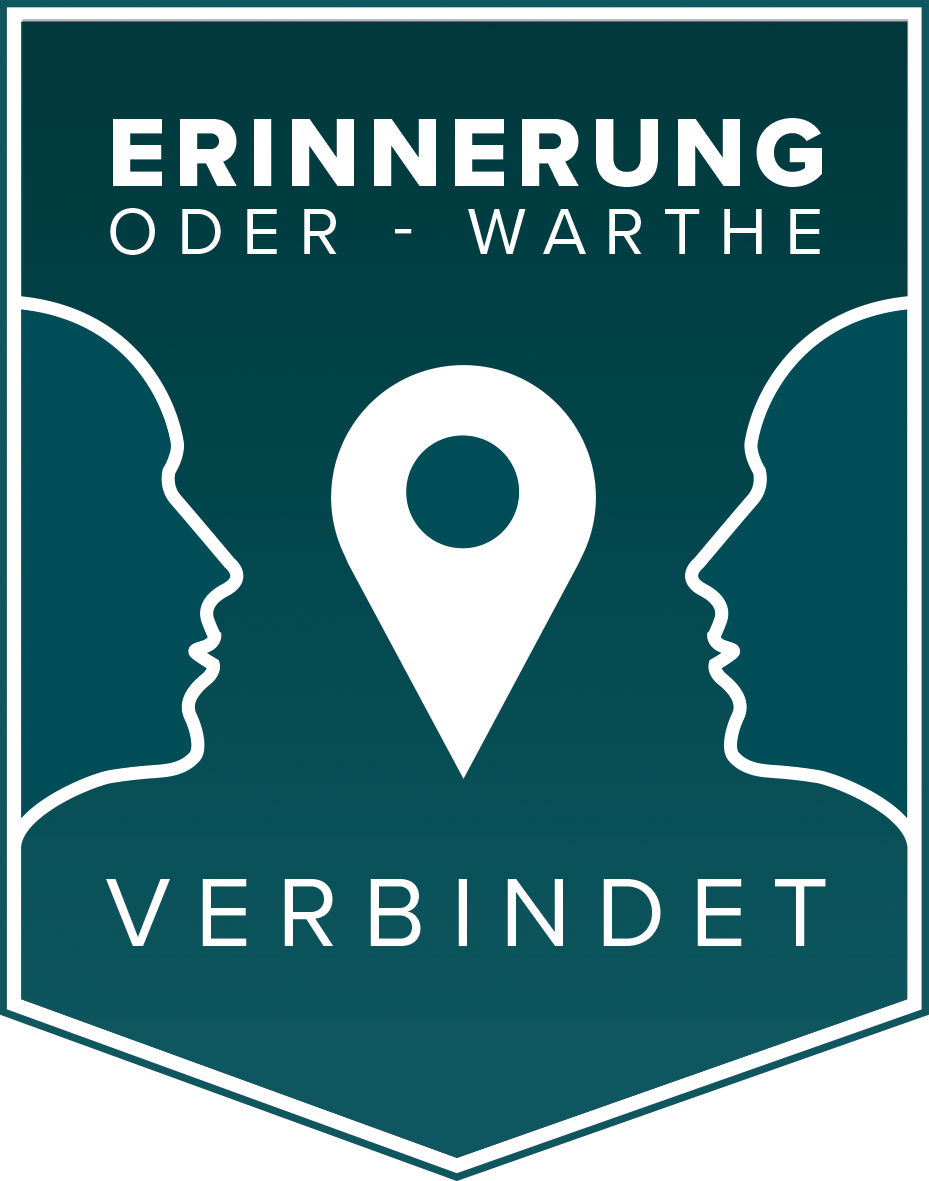The region on the rivers Oder and Warta is a unique and surprisingly diverse memorial landscape.
Located not far from Berlin, on both sides of the German-Polish border, around 200 sites tell the story of a region shaped by knightly orders, Prussian military history, agricultural and industrial developments, the Second World War, Poland's westward shift, socialist dictatorship, the Cold War, German reunification, Poland's accession to the EU, and peaceful neighbourliness, exchange and cooperation.
Experience from different perspectives how the Oder-Warta region was wrested from nature and settled. How it boomed agriculturally and industrially, overcame wars and conflicts. How it became a battlefield in the Second World War for the last battle before Berlin. How, torn apart by new borders, it took on new functions in the Cold War. How glasnost and perestroika pierced borders and ideologies and opened the way for a common Europe. And how the people of the region came through all this, whether as workers or peasants, artists or industrialists, winners or losers, perpetrators or victims.
In addition, the region offers a charming natural landscape along the rivers Oder and Warta, which flow together at the former fortress of Küstrin.Discover a fascinating stretch of land with plenty of space for remembering together from different perspectives, for open exchange as well as freedom to shape a common peaceful future.
Living, cross-border cultural heritage of common significance from the time before 1933
approx. 90 places of remembrance
Education and development of settlement areas, draining of the Oderbruch, technical, industrial and agricultural achievements, development of transport axes and junctions, military history, art and culture, famous personalities, knightly orders.
The National Socialist era from 1933 to 1945, including post-war period and reorganisation
approx. 70 places of remembrance
Injustice and arbitrariness through persecution and expropriation, genocide, Holocaust, forced labour; resistance; war events such as the siege and destruction of Küstrin and the Battle of the Seelow Heights; post-war period and reordering with westward shift of Poland, expulsion and forced migration, persecution, erasure of common memory
Reconstruction and growing together in peaceful neighbourhood
approx. 45 places of remembrance
Reconstruction in peaceful neighbourhood, socialist dictatorship, Cold War, political change and German reunification, founding of the European Union and Poland's accession to the EU, open borders, economic interdependence and neighbourhood in mutual respect and with mutual benefits




